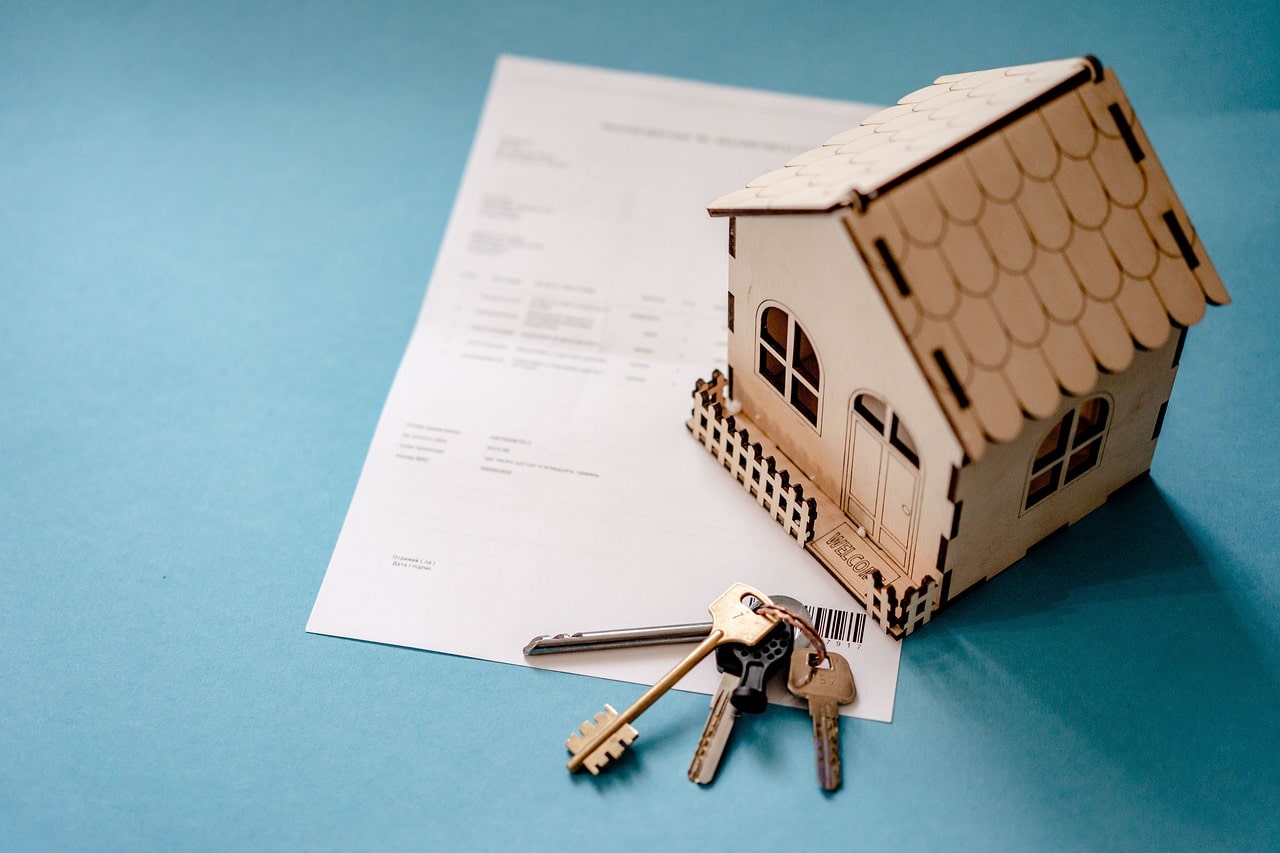Understanding how much your insurance policy covers roofing repairs is a crucial aspect of homeownership. The prospect of facing unexpected roof damage can be daunting, and knowing whether your insurance will provide financial relief is essential. Consulting with a roofing expert adds valuable insights into assessing the extent of the damage and navigating insurance claims efficiently. However, the nuances of insurance coverage for roofing repairs can vary significantly based on numerous factors. Exploring the specifics of what your policy entails and how it applies to different types of roof damage could make all the difference when unforeseen circumstances arise.
Roofing Insurance Coverage Basics
Understanding the fundamental principles of roofing insurance coverage is essential for homeowners seeking financial protection against potential roof repairs. Insurance policies typically cover damage caused by specific events such as storms, fires, or vandalism. However, being aware of exclusions, such as normal wear and tear or neglect, is crucial. When filing a claim for roof damage, homeowners should be prepared for the claim process, which involves documenting the damage, contacting the insurance company, and scheduling an inspection. It’s important to note that insurance policies often come with a deductible, which is the amount the homeowner must pay out of pocket before the insurance coverage kicks in. Being informed about these aspects can help homeowners navigate the insurance process more effectively.
Types of Roof Damage Covered
Roofing insurance policies cover a range of damages resulting from various events, such as storms, fires, vandalism, and other specified perils.
– Hail damage: Insurance typically covers repairs or replacement due to hail damage.
– Wind damage: Policies often include coverage for wind-related roof damage.
– Leak repairs: Insurance may cover the cost of fixing leaks in the roof.
– Shingle replacement: Insurance might pay for replacements if your shingles are damaged.
– Structural damage: In cases where the roof’s structure is compromised, insurance may help cover repair costs.
These coverage options offer homeowners protection against common issues that can arise with their roofs, providing a sense of security and peace of mind.
Factors That Affect Coverage
Factors impacting the extent of insurance coverage for roofing repairs include the age of the roof, maintenance history, and the type of policy in place. Older roofs may have limited coverage due to wear and tear, while well-maintained roofs are more likely to be covered in case of damage. The type of insurance policy also plays a crucial role, as some policies have specific exclusions for certain types of roof damage, such as leaks from lack of maintenance. Understanding policy exclusions is essential to determine coverage eligibility. Additionally, familiarity with the claim process is key, as knowing how to file a claim and provide the necessary documentation properly can expedite the approval and reimbursement process for roofing repairs.
Steps to File a Claim
When filing a claim for roofing repairs, it is crucial to carefully follow specific steps to ensure a smooth and efficient resolution.
– Review Your Policy: Familiarize yourself with your insurance coverage and understand the terms related to roofing repairs.
– Contact Your Insurance Company: Notify your insurance provider about the damage and initiate the claim process promptly.
– Document the Damage: Capture photos or videos of the roof damage to substantiate your claim.
– Get Estimates: Obtain multiple quotes from reputable roofing contractors for the repair costs.
– Submit Required Documentation: Prepare and submit all necessary paperwork, such as estimates, photos, and any other documentation required by your insurance company.
Tips for Roofing Repair Insurance Claims
Upon filing a roofing repair insurance claim, meticulous attention to detail and adherence to specific guidelines can significantly impact the successful resolution of your claim. To navigate the claim process effectively, it is crucial to understand your policy requirements thoroughly. Review your insurance policy to ensure that the damage to your roof is covered and meets all necessary criteria for a successful claim. Document the damage extensively with photographs and written descriptions, providing clear evidence to support your claim. Promptly report the damage to your insurance company and follow their procedures diligently. Communicate openly with your insurer, respond swiftly to any requests for information, and keep detailed records of all interactions regarding your claim. Following these tips and meeting policy requirements can increase the likelihood of a successful roofing repair insurance claim.
